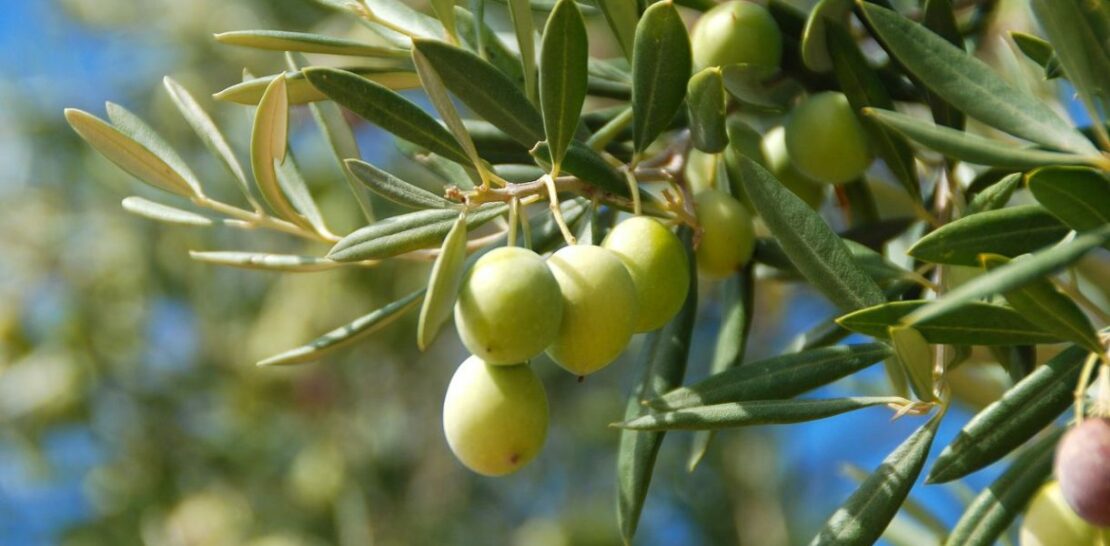As a symbol of peace and prosperity, the olive tree has held a special place in human history for thousands of years.
Not only are its fruit and oil revered for culinary and health benefits, but the tree itself is also known for its resilience and longevity.
Whether you are a seasoned green thumb or a budding horticulturist, caring for an olive tree can be a rewarding and enriching experience.
In this comprehensive guide, we will delve into the intricacies of olive tree care, exploring the essential aspects of planting, fertilizing, watering, pruning, and protecting your tree to ensure its growth, health, and fruitfulness for generations to come.
Choosing the Right Olive Tree and Planting Location
Setting your olive tree on the path to success begins with selecting the appropriate variety and planting location.
- Tree varieties: Olive trees come in a multitude of cultivars, each with unique characteristics. Some varieties, like ‘Arbequina’ and ‘Koroneiki’, are more suited to small gardens or container planting, while others, like ‘Frantoio’ and ‘Leccino’, grow into larger trees. Consider the size of your garden and the desired purpose of your tree – for example, fruit production, ornamental value, or oil extraction – when choosing a variety.
- Climate suitability: Olive trees thrive in Mediterranean climates, characterized by mild, wet winters and hot, dry summers. However, certain cultivars can withstand colder temperatures or more humid conditions. Research the specific climate requirements of your chosen variety, and ensure that they align with your local conditions.
- Soil requirements: Olive trees prefer well-draining soil with a pH between 6.5 and 8.5. Conduct a soil test to determine your garden’s soil pH and amend it accordingly. In addition, ensure that your chosen planting location does not have a high water table or is prone to flooding.
- Sunlight exposure: Olive trees require a minimum of six hours of direct sunlight per day. Choose a planting location that offers ample sunlight, avoiding areas with significant shade from buildings or other trees.
Planting Your Olive Tree
Once you have selected the appropriate olive tree variety and planting location, it is time to plant your tree and establish a strong root system.
- Planting season: The optimal time to plant an olive tree is during its dormant period, typically between fall and early spring. Planting during dormancy reduces the risk of transplant shock and allows the tree to acclimate to its new environment before the growing season begins.
- Preparing the planting hole: Dig a hole that is twice as wide and equal in depth to the root ball of your tree. Loosen the soil at the bottom and sides of the hole to encourage root growth and water penetration.
- Planting the tree: Carefully remove the tree from its container, gently untangling any circling roots. Place the tree in the center of the hole, ensuring that the top of the root ball is level with the surrounding soil. Backfill the hole with a mixture of native soil and well-decomposed compost, tamping down gently to remove air pockets. Water the tree thoroughly to settle the soil around the roots.
- Adding mulch: Apply a layer of organic mulch, such as wood chips or straw, around the base of the tree to conserve moisture, suppress weeds, and regulate soil temperature. Keep the mulch at least a few inches away from the trunk to prevent moisture buildup and potential diseases.
Fertilizing, Watering, and Pruning for Optimal Growth
Providing your olive tree with the proper nutrients, water, and pruning techniques will ensure its healthy growth and development.
- Fertilizing: Olive trees have moderate nutrient requirements. Apply a balanced, slow-release fertilizer in the spring and fall, following the manufacturer’s recommended rates. In addition, incorporate a yearly application of micronutrients, such as zinc, iron, and manganese, to prevent deficiencies. Avoid excessive nitrogen fertilization, as this can lead to excessive vegetative growth and reduced fruit production.
- Watering: Olive trees are drought-tolerant, but they require regular watering during their establishment period, generally the first two to three years after planting. Water yourtree deeply and infrequently, allowing the soil to dry out between waterings to encourage deep root growth. Once established, reduce watering frequency to accommodate seasonal rainfall patterns and prevent overwatering, which can lead to root rot and other diseases.
- Pruning: Pruning is essential for maintaining the health, shape, and productivity of your olive tree. Begin with formative pruning in the first few years after planting, focusing on establishing a strong central leader and removing any competing branches. As your tree matures, transition to maintenance pruning, selectively thinning out branches to promote airflow and light penetration. Remove any dead, diseased, or damaged wood, as well as any suckers or water sprouts that may emerge from the base of the tree. For optimal fruit production, prune your tree annually in late winter or early spring, before the onset of new growth.
Protecting Your Olive Tree from Pests and Diseases
While olive trees are generally hardy and resistant to many pests and diseases, proactive monitoring and management can help prevent potential problems and ensure the overall health of your tree.
- Pest management: Common pests that can affect olive trees include aphids, scale insects, and the olive fruit fly. Regularly inspect your tree for signs of pest infestations, such as discolored or distorted foliage, honeydew excretions, or the presence of adult insects. Employ integrated pest management strategies, such as biological controls, cultural practices, and targeted pesticide applications, to keep pest populations in check.
- Disease prevention: Olive trees can fall victim to various fungal diseases, such as anthracnose, olive knot, and Verticillium wilt. To minimize the risk of disease, maintain proper watering and fertilization practices, prune your tree to promote airflow, and promptly remove any infected plant material. If necessary, apply appropriate fungicides according to label instructions and local regulations.
- Environmental stressors: Olive trees can also be affected by environmental factors, such as frost, drought, or salt damage. Protect your tree from frost by planting it in a sheltered location, covering it with frost cloth, or employing other frost-protection strategies. To mitigate drought stress, ensure regular deep watering during dry periods, and avoid over-pruning, which can reduce the tree’s ability to photosynthesize and produce energy. If your tree is exposed to salty soil or irrigation water, leach the soil periodically to remove excess salts and prevent injury to the roots and foliage.
In conclusion, the successful care of an olive tree requires a holistic approach, encompassing the selection of an appropriate variety and planting location, proper planting techniques, and ongoing attention to fertilization, watering, pruning, and pest and disease management. By following the guidelines presented in this comprehensive guide, you can cultivate a healthy, productive olive tree that will grace your garden and enrich your life for years to come. The journey to becoming an olive tree whisperer may be long, but it is a journey worth taking, as the rewards of nurturing these ancient and revered trees are both bountiful and deeply satisfying.




